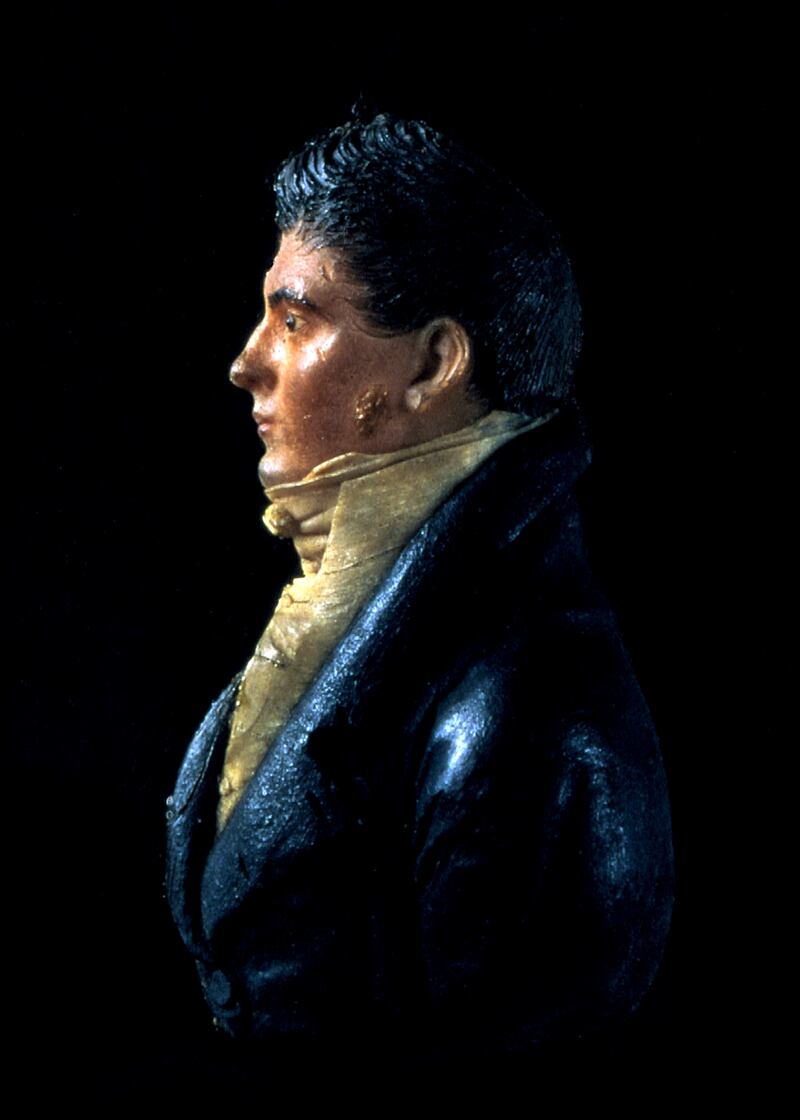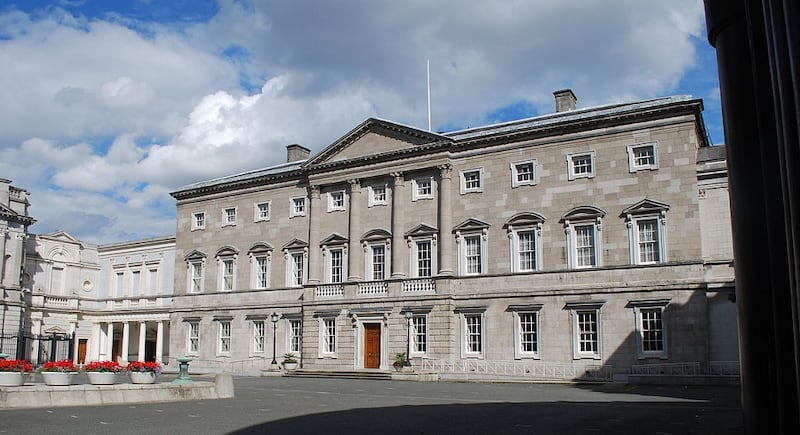The White House is one of the most recognisable landmarks in the world, yet few know the name or story of the man responsible for its design and construction: James Hoban.
A fascinating new book, James Hoban: Designer and Builder of the White House, sets out to reveal who this elusive man was, what informed his craft and the mark he left on this country by tracing back to his roots in Ireland and by using his work on the White House as a window into his life and career. Written by Stewart D McLaurin, president of the White House Historical Association, the anthology includes contributions from the world’s leading scholars on James Hoban.

Born in 1755, James Hoban spent his childhood years in Desart, Cuffesgrange, Co Kilkenny. His father was a tenant farmer on the estate of the Cuffee family at Desart Court, a grand Palladian country house dating from 1733. It was in the estate workshops at Desart Court that James trained as a carpenter and wheelwright.
Moving to Dublin as a teenager, James studied at the renowned Dublin Society Drawing School during a time of great expansion for the city. It is without a doubt that his training at the school gave him the skills to practice as an architect and opened doors to an influential circle of developers, architects and craftsmen who helped consolidate his architectural training before he left for America.
James Hoban’s first documented appearance in the United States is a notice he placed in Charleston and Philadelphia newspapers in May 1785 advertising his carpentry services. He settled first in Philadelphia and shortly thereafter Charleston, South Carolina, where he found success and quickly established himself within the fabric of the city. The connections he made there paved the way for a meeting with George Washington and a commission to build the President’s House.
By 1792, Hoban was at work on the building site, having won the competition for the design of the President’s House. Washington had placed him in charge of the entire project, with all carpentry, stonemasonry and brickwork under his supervision. The resulting structure, accomplished in time for President John Adams to take residence in November 1800, fulfilled Washington’s vision and is today one of the most recognisable landmarks in the world.


With this anthology, the world’s most knowledgeable scholars on James Hoban introduce us to the man, presenting the story of his life, influences and work. Church records in Ireland and Washington DC preserve the dates of his baptism and marriage. A stone monument marks the site of his grave. The monumental buildings known to Hoban that still stand in Dublin and in the Irish countryside provide a tangible connection to Hoban’s concept for the President’s House.
Hoban’s surviving letters to the Commissioners for the District of Columbia further enrich the history. The Catholic churches he established, designed and built throughout Washington, including St Patrick’s Parish, reinforce the influence he had on growing the Catholic Church in DC. Newspaper advertisements and census records remind us that the President’s House was built with enslaved labour and that Hoban himself owned slaves.
These facts and more are illustrated in a catalog complete with beautiful photographs, sketches, newspaper articles, maps and drawings, which paint a fuller picture of Hoban’s life and work.
“As the White House Historical Association celebrates its 60th anniversary, it is fitting that we celebrate the work of the elusive designer and builder who created the White House,” remarks McLaurin. “Together the Irish, British and American scholarly perspectives presented in this volume provide a proper introduction to the man whose life’s work is known so well.”












